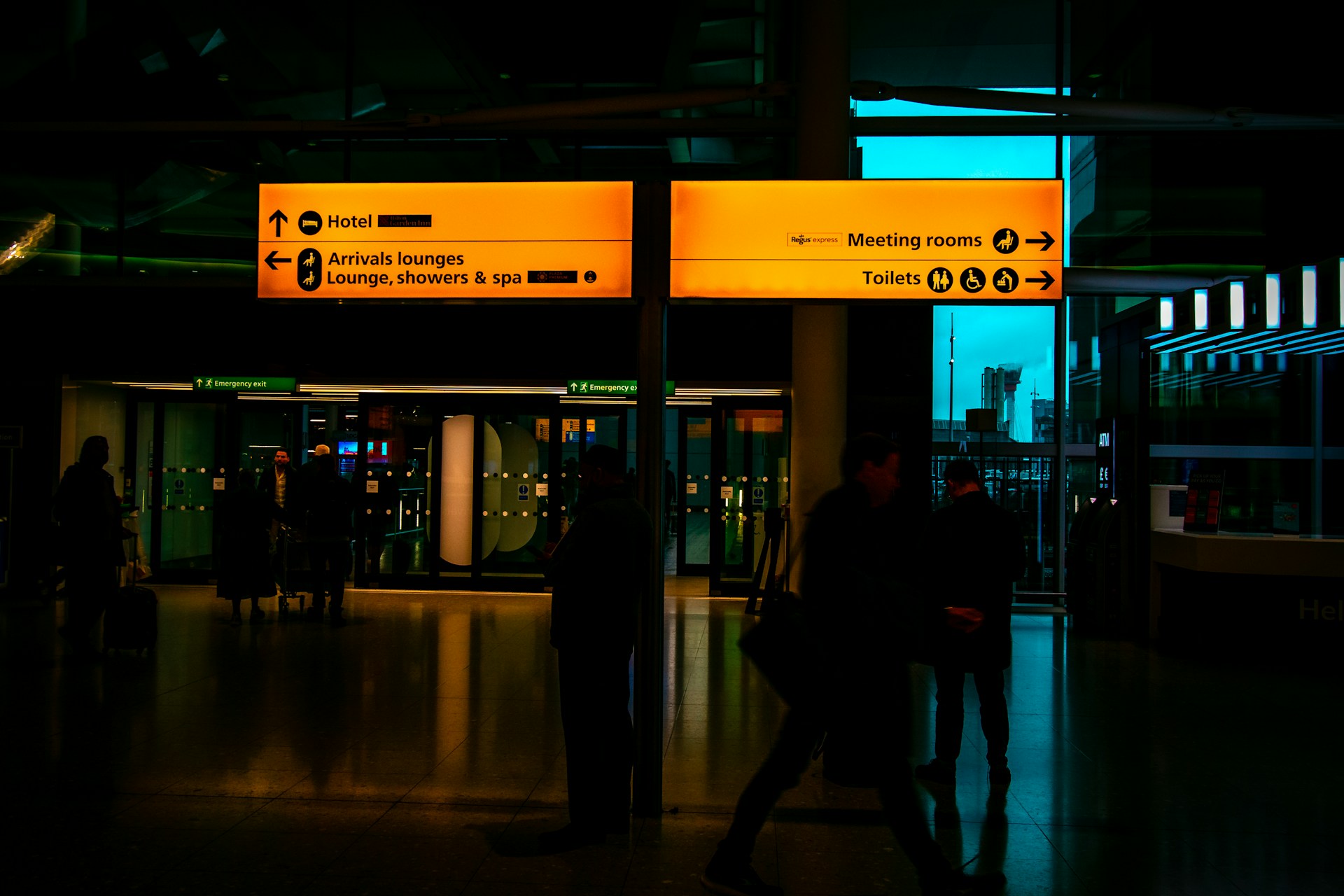
When Systems Fail, Communication Shouldn’t
When Heathrow Airport suddenly lost power this spring, it wasn’t the result of a cyberattack or a storm. A fire at a nearby National Grid substation caused the blackout. Within minutes, one of the world’s busiest airports had to suspend operations. The cause was rare, but the consequences were not. Flights were grounded, passengers stranded, and entire teams suddenly needed to make fast, high-stakes decisions with limited information. An independent review later found that while Heathrow had contingency plans, it still faced major challenges: Overreliance on a single power source. Gaps in rapid coordination. Delayed communication between key teams. The lesson here isn’t just about having plans. It’s about being able to act – together, quickly, and with clarity – when those plans meet reality. The same challenge everywhere Maybe you don’t run an airport, but your organization faces similar risks every day. Power cuts, system failures, threats, or weather





